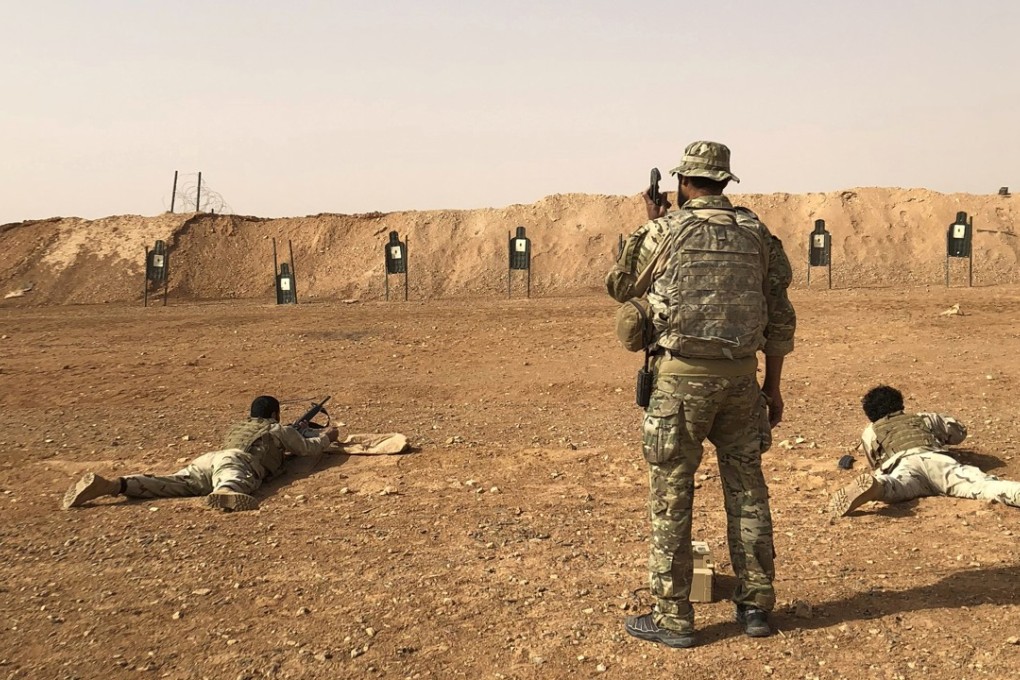Tanf: first look inside the tiny US special forces base with a big role in Donald Trump’s Syria and Iran strategy
- Base located on vital road linking Iranian-backed forces from Tehran to southern Lebanon
- News media allowed access for first time
- US general visits troops fighting Islamic State in Syria

To understand how the United States is countering Iran’s expansion across the Middle East, consider the outpost at Tanf.
This tiny garrison, a jumble of dirt-filled blast barriers and tents surrounded by the immense desert of southern Syria, was established to roll back Islamic State’s once-vast domain.
But its strategic position along a highway linking the Syrian regime in Damascus to its backers in Tehran has made the base an unintended bulwark against Iranian influence in Syria and, now, a potential locus in White House plans to confront Iran’s reach across the region.
US President Donald Trump has vowed to make countering Iran’s support for allies and proxies across the region, from Lebanon to Yemen to Syria, a centrepiece of his Middle East strategy.
Already he has slapped new economic sanctions on Iranian affiliates and pulled out of his predecessor’s nuclear deal.
Officials now say the United States will commit to remaining in Syria until Iranian forces depart, vowing to force an end to Tehran’s programme of massive military and financial support that has helped Syrian President Bashar al-Assad reverse the course of the war.
General Joseph Votel, who leads US Central Command, described Tanf as a key element in the continuing military mission to extinguish Islamic State and ensure the group cannot stage a comeback.